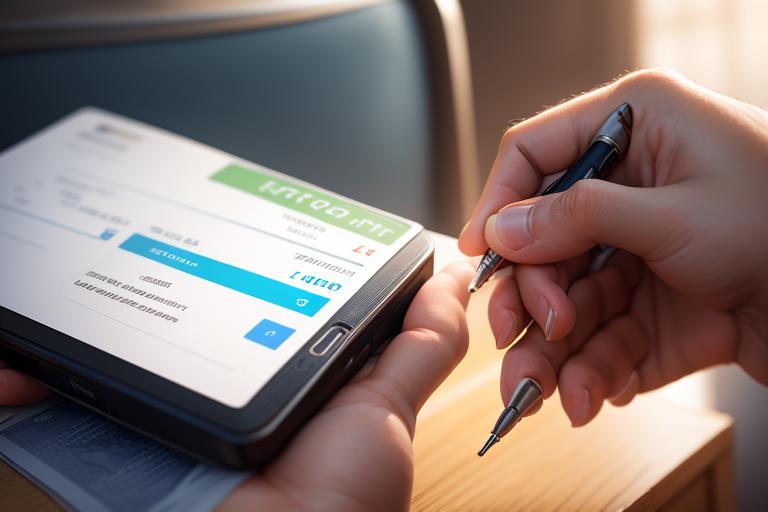With the shift to digital platforms, banking transactions have taken a turn, making things more efficient and handy. Out of the various financial transactions, BACS (short for Banker’s Automated Clearing Services) payments have gained quite a fan base. In this piece, we’ll dig into the nitty-gritty of BACS payments, giving you a complete grasp of how they’re set up and how they work.
Demystifying BACS Payments

BACS payments are a type of electronic payment system in the UK that enables direct transfers between bank accounts. Established in 1968, it is one of the oldest, most reliable methods of transferring money.
Types of BACS Payments
Under the BACS system, there are two types of payments – Direct Debit and BACS Direct Credit. Direct Debit allows businesses to collect payments from customers, while BACS Direct Credit is often used by businesses to pay employees or suppliers.
Tackling the BACS Payment Process

The standard BACS payment takes three business days to clear. This includes the submission day, processing day, and the day the funds finally reach the recipient’s account.
The Future of BACS Payments
As technology races forward, changes in how we handle money are bound to happen. Take Faster Payments Service (FPS) for instance, it’s all about lightning-fast transfers, giving BACS a bit of competition. But hold on, BACS still takes the cake when it comes to planned, not-so-rushed payments. In the end, remember that BACS payments are like the building blocks of money stuff in the UK. Knowing about them will totally help you make smart choices and glide through the digital money world like a pro.
